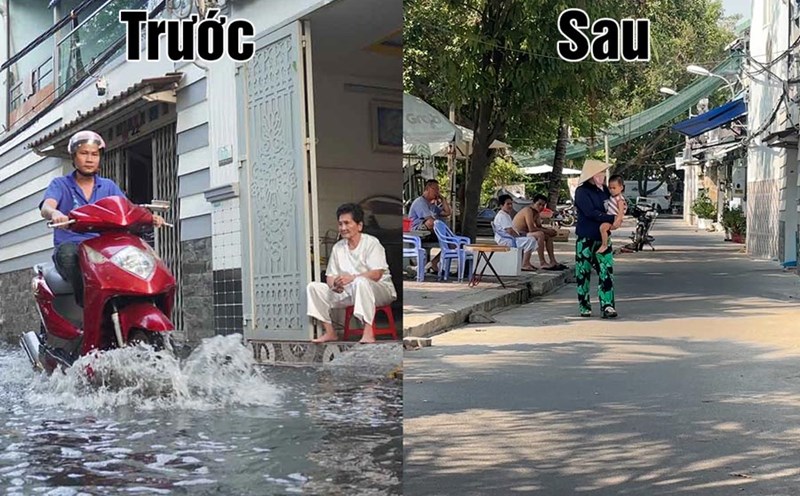transparency, deep processing and digital platform
According to Mr. Vu Ba Phu - Director of the Trade Promotion Agency (Ministry of Industry and Trade), the US imposing counterpart tariffs is no longer a new story. As Vietnam's second largest trading partner, the US market has great purchasing power with a diverse portfolio of imported goods. Despite the increase in tariffs, Vietnam can still maintain exports to the US but needs a new approach to increase profits.
According to Mr. Phu, goods with clear origin from Vietnam are subject to a tax of 20%, while goods "borrowed" of origin may be subject to a tax of 40%. In the first six months of the year, exports to the US increased sharply, but inventories also increased, similar to post-COVID-19. Therefore, in the second half of 2025 and early 2026, goods such as wooden furniture and textiles may stagnate.
In particular, export records need to be more transparent. For agricultural products, high taxes require businesses to switch to deep processing and strictly control the origin. The Government is developing policies to control the origin. Businesses need to clearly understand their responsibilities, industry associations also need to monitor to avoid fraud.
Mr. Phu said: Tools like the Arobid platform will help create a more transparent trade flow. Participating in the platform, businesses are authenticated and publicly announced the origin of goods - a great advantage in e-commerce.
An international B2B e-commerce platform called VietnamUSA.Arobid.com has been introduced to help Vietnamese businesses adapt to new requirements. This is the first platform developed specifically for direct connection between Vietnamese enterprises and the US market.
Mr. Tran Van Chin - Chairman of the Board of Directors of Arobid Technology Joint Stock Company, co-founder of the platform, shared: VietnamUSA.Arobid.com will help businesses overcome three core barriers: digitalization, capital and ESG, indispensable factors if they want to sustainably export to the US.
Sharing the same view, Kris Nguyen - founder of Ocean USA, emphasized: "Wishing to go far in the US market, businesses cannot just sell goods. They need an ecosystem according to global standards, from ESG records, traceability to efficient logistics. And most importantly: everything must be authentic and transparent.
Adaptive textiles in competition and high standards
From the business perspective, Mr. Tran Nhu Tung - Chairman of the Board of Directors of Thanh Cong Textile - Investment - Trading Joint Stock Company, said that in the first quarter of 2025, textile and garment exports to the US increased by 46% before the tax was imposed. In the first six months of the year, textile and garment export turnover reached 21.8 billion USD, up 13%; in the US alone, it was 17.5 billion USD, up 17.3%, due to customers "running" orders before the tax.
However, the third quarter may decrease due to high inventory. He expects that when taxes are stable at 20%, the US market will recover from the fourth quarter, helping the whole industry reach the target of 48 billion USD in 2025.
The biggest challenge is the requirement of "green" and international standards. Many customers require factories to meet green standards, forcing businesses to invest in new lines while selling prices do not increase. In addition, Vietnam is also facing competition from countries such as Bangladesh, India, Indonesia and especially China - which has a closed supply chain.
Regarding the origin, the textile and garment industry still depends on imported raw materials, mainly from China. Enterprises need to clearly understand the tax calculation mechanism for each raw material source.
The US may also require traceability of raw material rates by country. Enterprises need to deploy a ERP system for detailed control - otherwise they will be subject to high taxes. The cost of implementing ERP can be up to 1-2 million USD for large enterprises, not to mention investing in renewable energy.
Therefore, it is necessary to support low interest rate finance for businesses to invest in technology and raw material strategies, meet strict standards and maintain key export markets such as the US.











